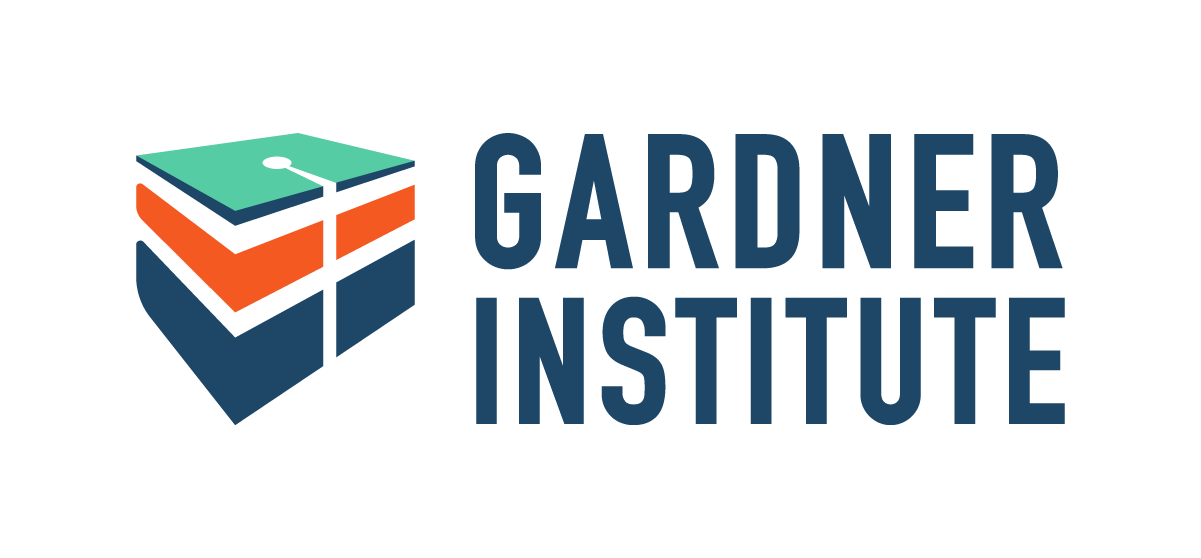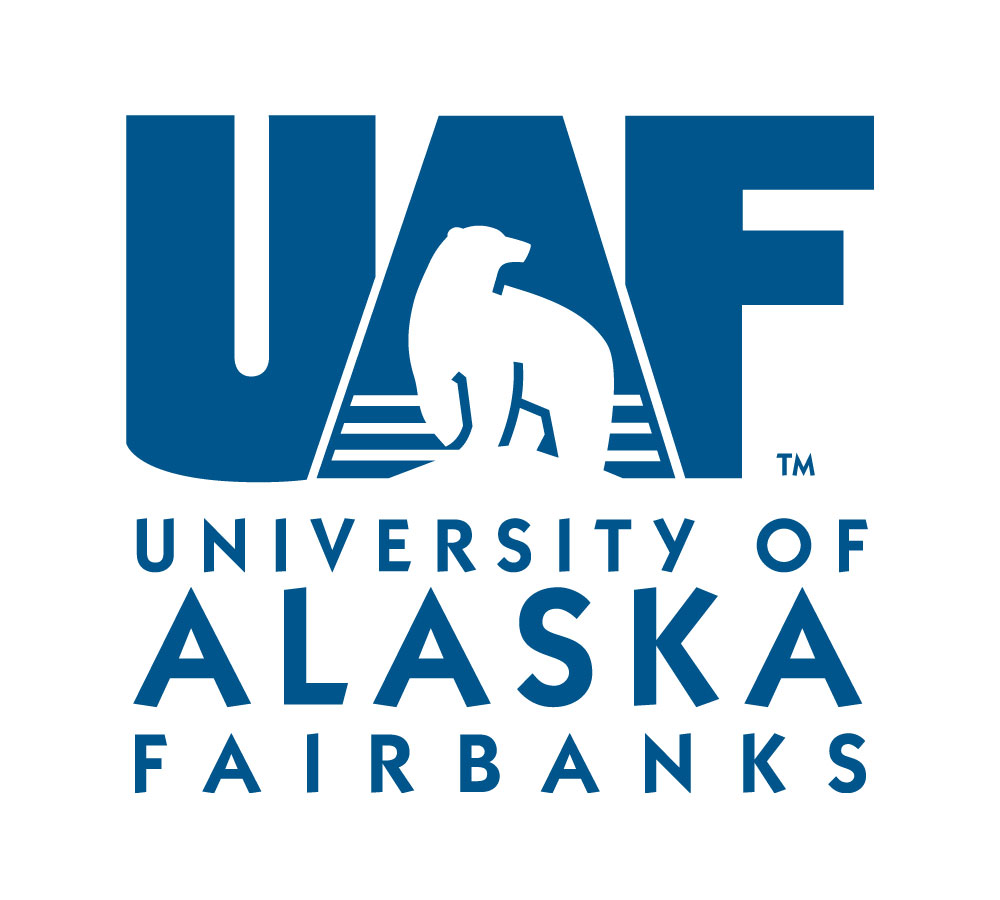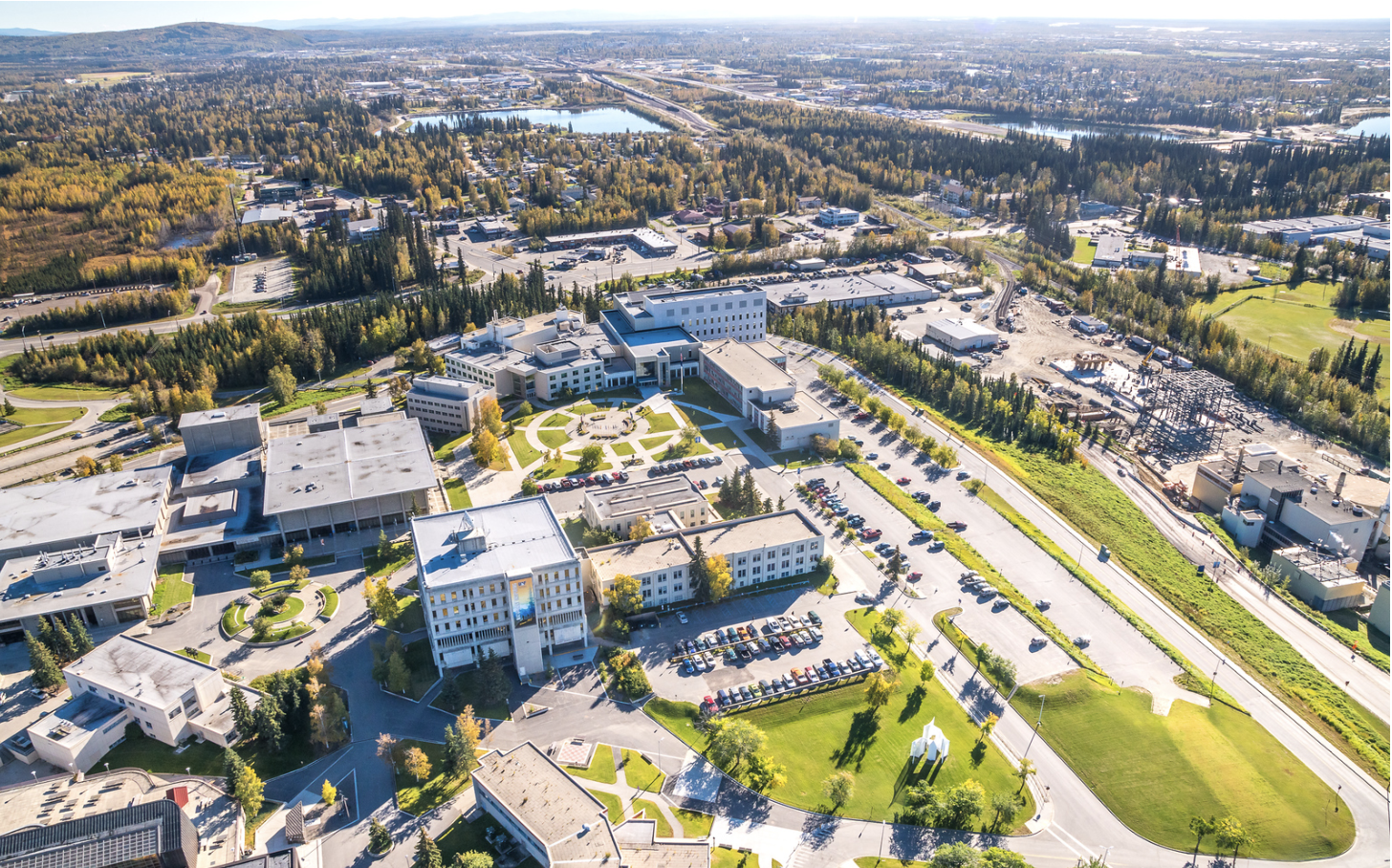How The Equity in Retention Academy Inspired a Variety of Equitable Changes for The University of Alaska Fairbanks
The Equity in Retention Academy provided by The Gardner Institute is a 5 week academy in which institutional teams prepare a student retention process that’s seen through an equitable lens. This academy has institutions look at real data and evidence to develop a plan that ensures race, ethnicity, and family income are not a barrier in student success.
The University of Alaska Fairbanks is an Alaska Native serving institution with 5 rural campuses throughout Alaska. The institution is very proud of the Native heritage they serve but were lacking when looking at data about the effectiveness of equity retention. With information and experience provided by Dr. Alexandra Fitts, Vice Provost & Accreditation Liaison Officer of the university, this case study looks at the University of Alaska Fairbanks’ time with The Gardner Institute through the Equity in Retention Academy.
Goal
The University of Alaska Fairbanks were looking to improve their equity retention for groups outside of just the Alaska Natives they’re known for serving. They were missing an organized retention effort including a mission and vision for their recently formed retention team. The university also had a lack of data on their own equity retention when going into the academy.
Process
Key Insights
- Data: The university found that the data Gardner provided them with gave them a deeper understanding of the changes they needed to make. The institute was able to see student achievement broken down to course level and desegregation as a whole. Data has now become a huge part of how the university functions. They are even planning to create data dashboards that will give them more information on how their probation policies effect students.
- Faculty Development: The university learned that change starts with the faculty and their understanding of equity. Gardner asked these faculty teams to think about retention philosophy through an equitable lens. To continue to develop faculty, the university is investing in Gateway Courses through the Gardner Institute that will allow faculty members to learn different methods which they can analyze and discuss with their fellow colleagues.
Next Steps
The University of Alaska Fairbanks is now working to create a new Retention Student Success Center in the university’s library. This will give students a central hub where they can go to get the information they need to succeed. This is just a part of the university’s new First Year advising model which they started to rework after their time in the Equity in Retention academy.
Outcomes
Created a new Associate Vice Provost for Student Success position to run equity retention operations
Created an equality based mission and vision statement for the Equity Retention team
Continue to progress faculty equity understanding through Gateway Courses
“The Equity in Retention Academy came at just the right time for us to have equity built in from the start and now it’s a given when we talk about retention of students. You need to do it, everyone needs to do it and the academy gave us a platform and schedule and a way to start doing it. The task is so huge and there’s a lot to answer and that can be a lot but having the academy as a starting point was a way to get the ball rolling.”
Dr. Alexandra Fitts
Vice Provost & Accreditation Liaison Officer of The University of Alaska Fairbanks



